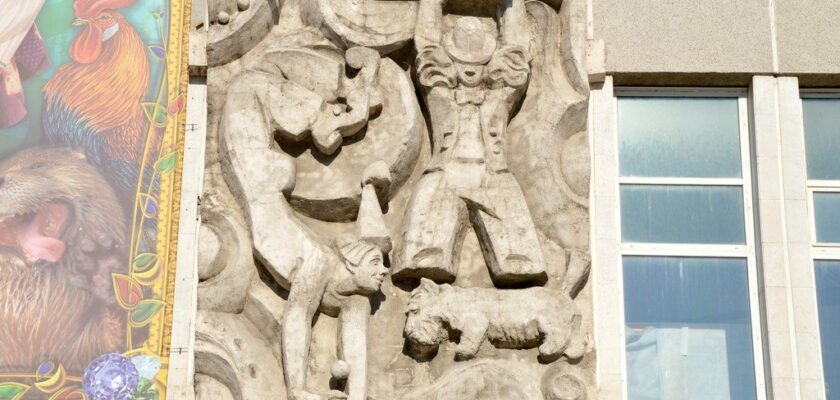Yekaterinburg Circus
Yekaterinburg State Circus (formerly Sverdlovsk Circus) is a stationary circus in the capital of the Urals and one of the largest branches of Rosgoscyrk, named after the trainer V. I. Filatov. The main advantage of the institution is all-Russian and international festivals of circus art held within its walls. In addition, here constantly come on tour capital and foreign troupes with extravagant show projects.

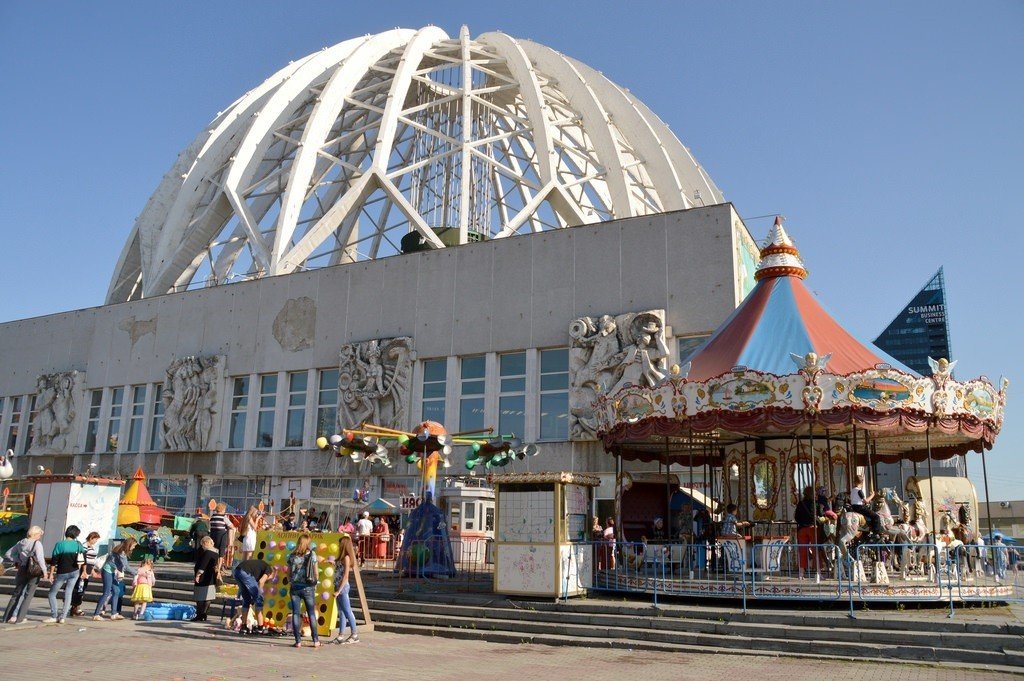
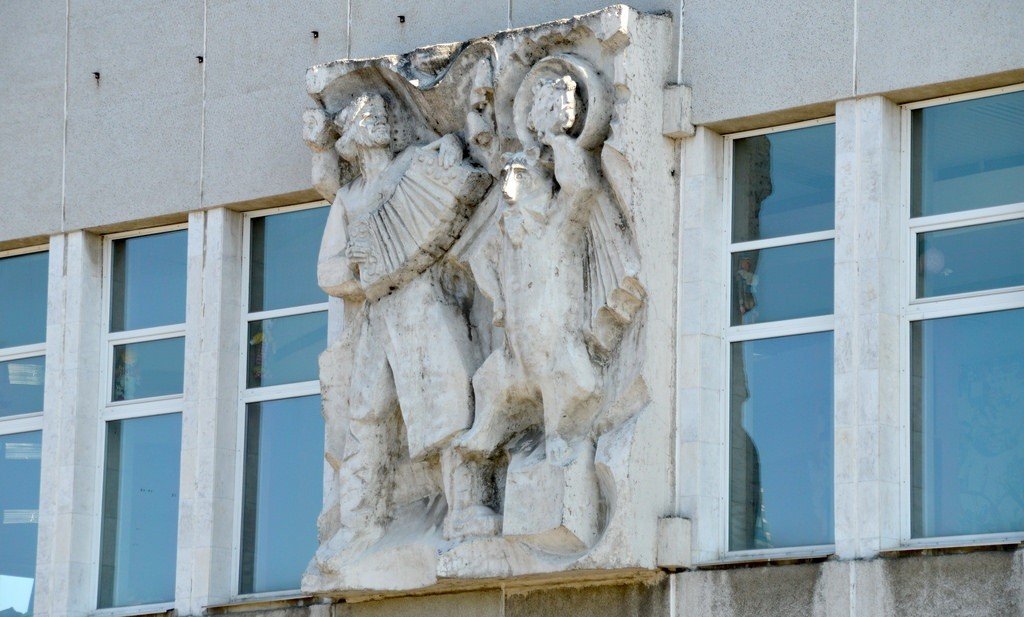
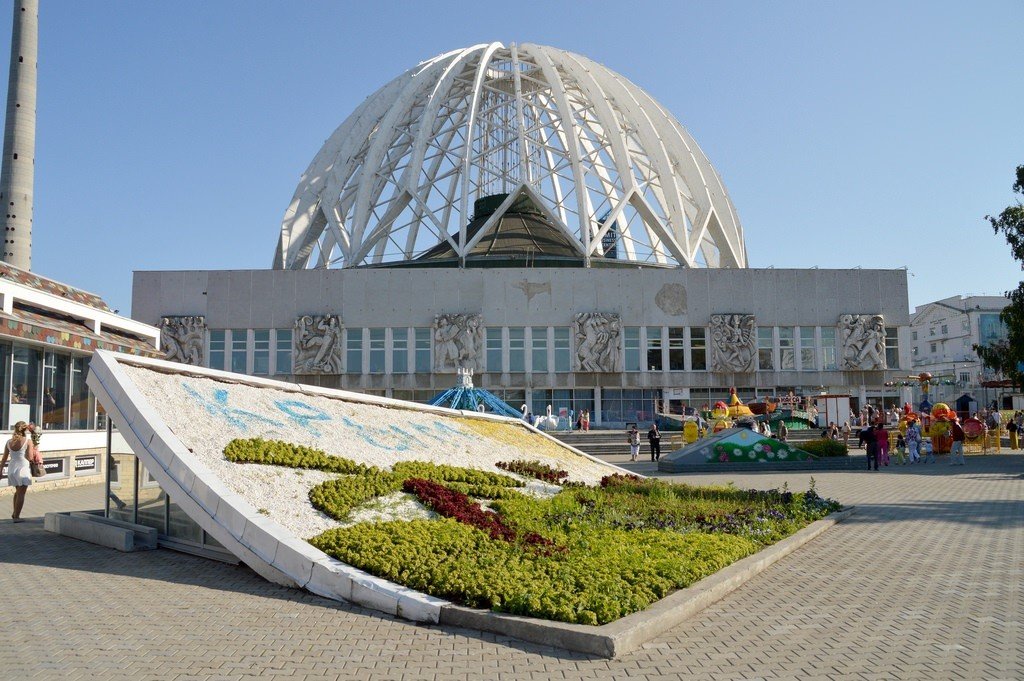
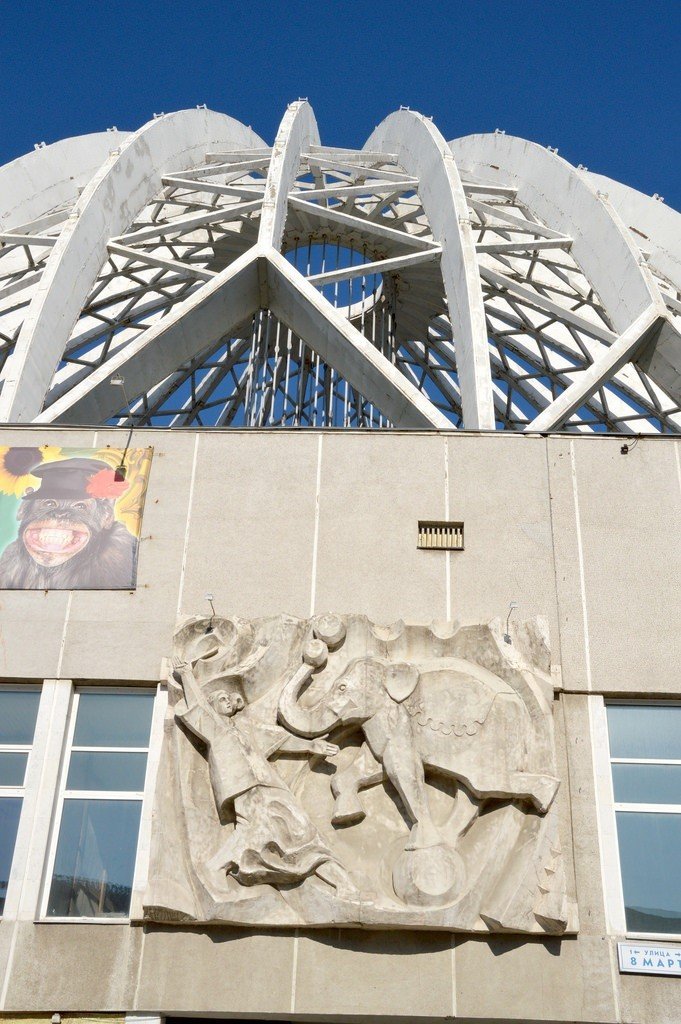
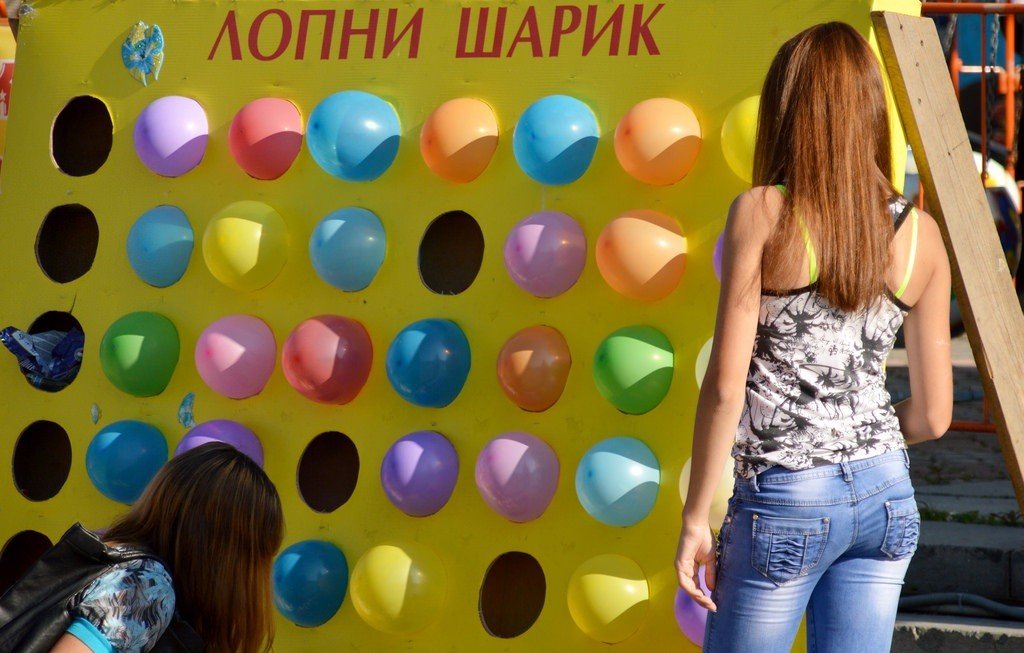
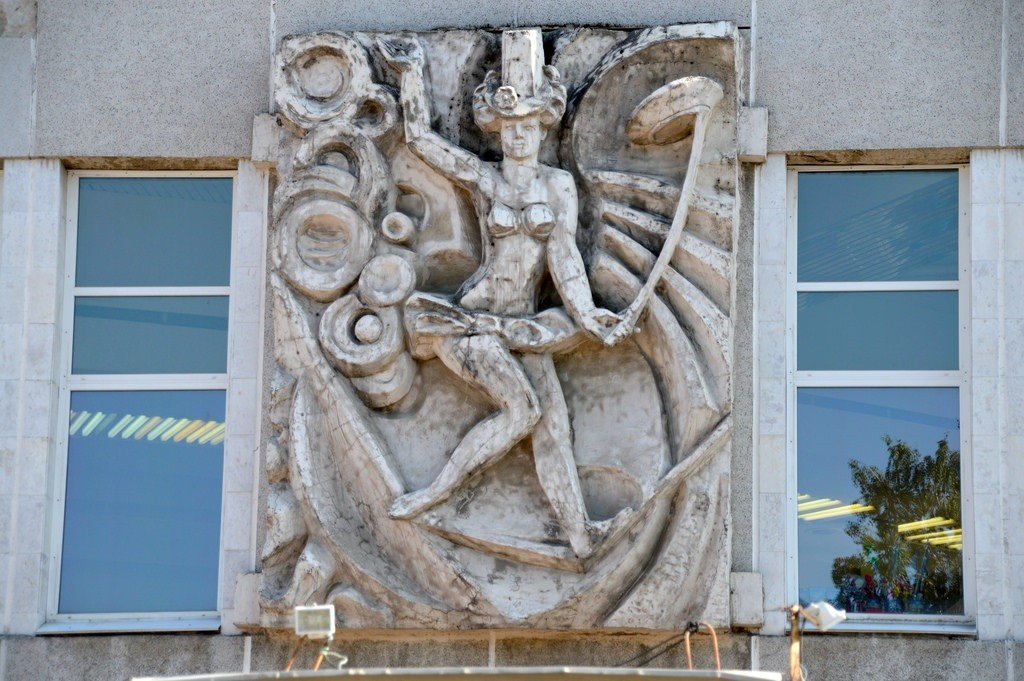
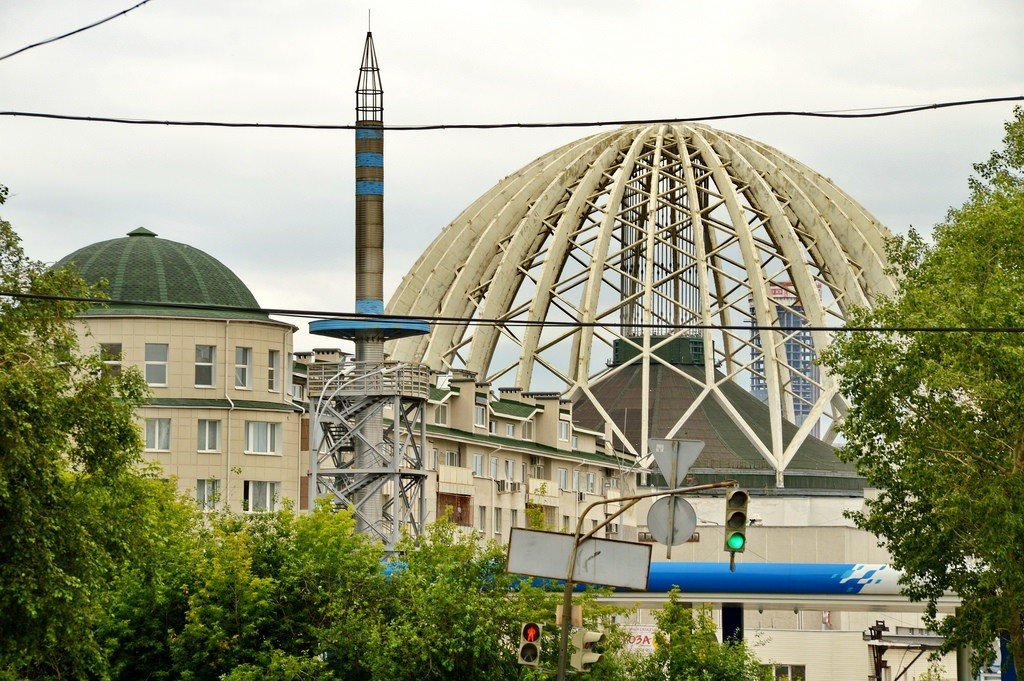
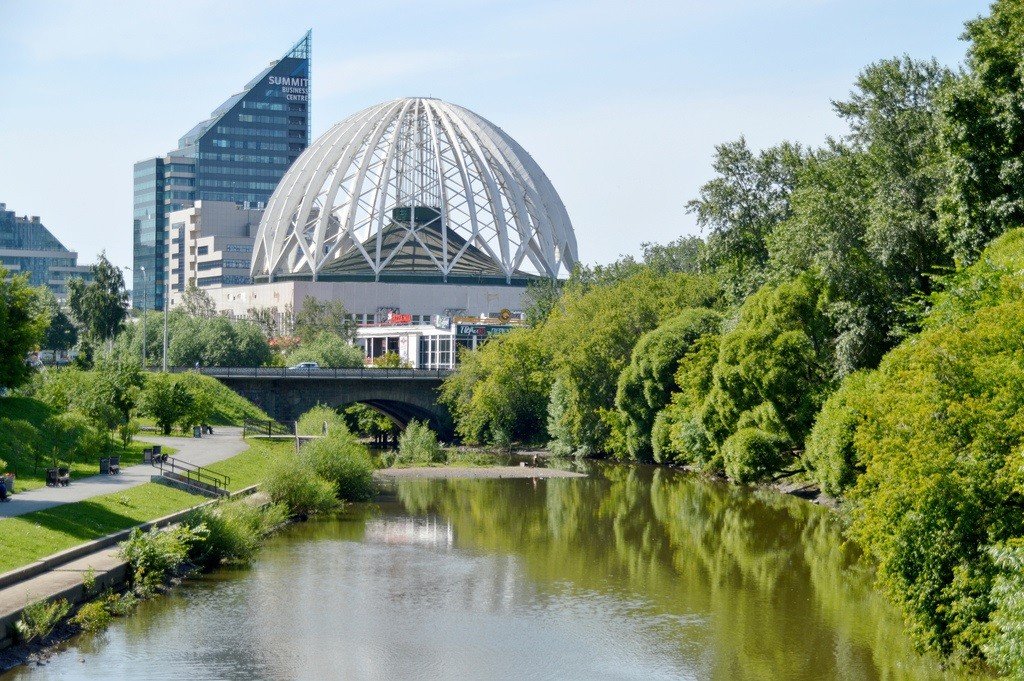
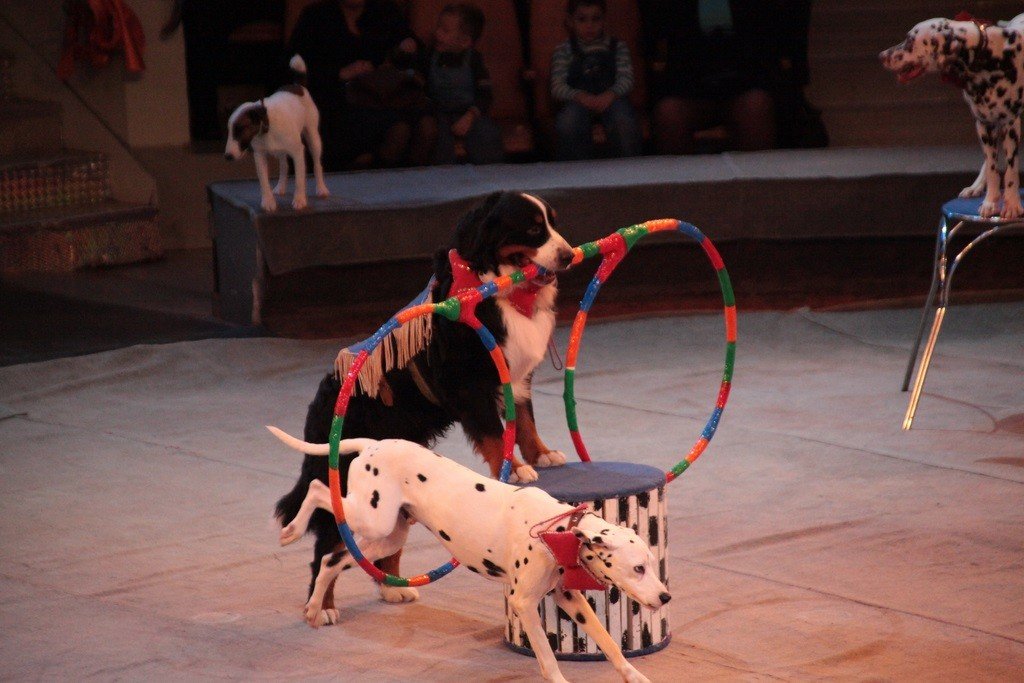
- General information
- History of the Yekaterinburg Circus
- Yekaterinburg Circus inside and outside
- Rules of visiting
- How to get there
General Information
The building of the Ekaterinburg arena was commissioned in 1980, although circus performances in the city were organized 137 years ago. For almost a century and a half of existence, the institution has repeatedly changed owners, name and premises. Only one thing remained unchanged – regular performances with the participation of the best comedians, gymnasts and trainers of the country. Abroad, too, Filatov’s circus has an impeccable reputation, so foreign showmen and clown artists willingly perform in its arena.
.
For young visitors the main circus of the Urals offers, in addition to traditional entertainment programs, also educational ones. Since 1996 the children’s studio “Arlekino” has been operating on the basis of the institution, where those who wish can learn the basics of circus art. With the participation of the studio’s staff and their pupils there are hikes, funny quests, costumed excursions, as well as many other events, in which it is interesting to participate both in the company of classmates and full family composition.
.History of Yekaterinburg Circus
At the end of the XIX century, large Russian cities acquired stationary circuses, but in the Ural capital to establish an institution of this type for a long time failed. And although periodically Ekaterinburg was visited by visiting clowns and acrobats, their performances were not particularly professional and looked more like a fairground buffoonery. The first real circus appeared in the city in 1883, after the Italian master of mime Maximiliano Truzzi moved to these regions. The entrepreneur and his troupe came to the Urals at the request of Albert Salamonsky, the director of the Moscow Circus, who had long dreamed of introducing Ekaterinburgers to a new kind of spectacle. Upon arrival, Truzzi’s performers gave a performance for the citizens, in which they amazed unsophisticated spectators with complex horsemanship numbers and the highlight of the program – a young trainer of wolves, performing with her predatory charges.
.On November 20, 1883, the first building of the Yekaterinburg Circus was erected on Drovyanaya Square (nowadays Paris Commune Square). The building, which housed the Truzzi family, was wooden and had a capacity of 900 spectators. In addition, the building was heated, which allowed the citizens of the Urals to attend circus extravaganzas in the winter months without the risk of freezing. The third section of the Italian showman’s program, which featured wrestlers and strongmen, was especially popular among the townspeople. As for the entrepreneur’s family members, they amused the audience with horse-riding and juggling numbers.
.Truzzi himself worked in Ekaterinburg for two seasons, after which he sold his establishment. However, the local population managed to love circus entertainment, so the wooden “tent” was not empty, and was rented out to touring troupes from other Russian cities. In 1912, the building burned down, the Opera and Ballet Theater was built in its place, and circus shows were moved to the pavilions of the People’s House, later renamed the Proletarian Theater. During the NEP era, a couple more arenas appeared in Yekaterinburg, one of which belonged to Maximiliano Truzzi’s son, and the other to the Uralmash plant. The factory circus was headed by Kristaps Kristapovich Veiland-Schultz, a Latvian strongman and wrestler who became famous for his incredible strength combined with very modest dimensions for athletes of the time.
.In 1930, Ekaterinburg, which managed to become Sverdlovsk, acquired the first state circus. The structure was erected on the site of today’s arboretum, but a year later it was moved to a better location – on Kuibyshev Street. The building stood for almost 40 years and hosted a huge number of famous touring performers, including representatives of the Zapashnykh dynasty. By the early 70s the city arena became dilapidated and had to be closed, and circus performances moved to the Palace of Sports. In 1975, the shrivelled old building burned to the ground, but only five years later, the comedians, trainers and equilibrists who toured the Urals had a new “home” that raised its dome at the corner of Kuibyshev and 8 Marta Streets.
.
In the 2000s, the circus in Yekaterinburg lost momentum and practically made no profit, although it remained active. However, after a change in management and a global renovation in 2019, the institution is gradually returning to its former successes and pace of life.
Curious fact: during the Great Patriotic War, the head of the Sverdlovsk Circus Weiland-Schultz received a thank-you telegram from Stalin. The general secretary expressed his gratitude to the former strongman for donating his world champion belt to the Soviet front, the proceeds of which were used to cast a tank called “For the Motherland!”
.”Yekaterinburg Circus outside and insideThe circus of the Ural capital is located on the bank of the Iset River, in the Leninsky district of the city. The construction looks very original, thanks to the 50-meter flower-dome formed by crossing semi-arches. The interiors of the premises also impress with the refinement of decorative stone finishing. By the way, despite the fact that the structure was erected in 1980, it is still considered one of the most elaborate circus buildings in Europe.
.
Inside, the circus has two arenas – one for performances and one for rehearsals. The main arena is 13 meters in diameter, which is no coincidence. In the 80’s the tone of local performances was set by the numbers with horses, so the size of the “stage” was adapted for horse tricks. In total, the main auditorium is able to accommodate 2558 spectators at a time, although such a full house in the institution does not always happen.
The main auditorium has a capacity of 2,558 spectators. An important nuance: Ekaterinburg State Circus does not have its own troupe. This means that only touring groups with their charges perform in the arena. At the same time, the conditions for accommodation of animals here are more than acceptable. The building has two elephant houses, a stable for 24 stalls, special enclosures for reptiles and other exotic creatures.
In April of the same year, a pair of elephants escaped from the circus and walked around the winter city for several hours, posing for free in front of the cameras of local residents.
In April of the same year, the circus had another surprise – its employees had to urgently build housing for a rhinoceros. The three-tonne ungulate was on tour with its trainer in Khabarovsk, but found itself on the street when the local arena was closed for quarantine due to a coronavirus epidemic. As a result, to give the mammal a shelter agreed in Yekaterinburg, where the rhino named Mafunyan, or affectionately – Mafusha, happily and quite comfortably self-isolated until the end of April.
.The health of winged and four-legged performers in the Yekaterinburg Circus is taken care of by a full-time veterinarian, but the troupes bring the specialists who take care of the animals on a daily basis. World-class stars also visit the institution. For example, in different years the circus arena was visited by David Lariblé, the winner of the Golden Clown award, David Shiner, a clown and the author of Cirque Du Soleil programs, as well as the Belgian duo “The Takvin Brothers”. Visiting celebrities are accommodated in the House of Artists, which is a modest but quite comfortable hotel. The building was built specifically for circus workers, so its design took into account all the professional nuances.
.
Rules of visiting
To get to a performance at the Yekaterinburg Circus you can only get a ticket, which can be easily purchased at the box office, from the official distributors or on the website circus-ekaterinburg.ru. And the electronic ticket does not need to be printed – it is enough to show it before entering the hall on the screen of any digital device (smartphone, tablet). Circus ticket offices work from 10:00 to 19:00 without weekends and breaks.
.There are no special tickets for schoolchildren and teenagers, but children under 5 years old are entitled to free admission, if parents have not forgotten to bring their birth certificates. True, you will have to reconcile yourself to the fact that only one child can go free with an adult who bought a ticket for himself. Pay attention to the fact that the administration recommends to choose seats for kids in the 5th, 6th and 7th rows – they offer an excellent view. At the same time, the distance between a small spectator and the animals and clown artists is large enough, which will allow a child who first got into the specific atmosphere of the circus, not to be frightened.
.
If you want to capture the most spectacular moments of the entertainment program, you can safely take out a camera or smartphone – photography in the Ekaterinburg Circus is allowed. The only restriction is the prohibition to use flash photography in the auditorium, as it can make the four-legged performers in the arena nervous and disoriented. Performances at the circus are given from 9:00 a.m. to 6:00 p.m.
.How to get there
The building of the Yekaterinburg State Circus is located at the following address: 43, 8 Marta Street, Yekaterinburg. The nearest metro station to the object is “Geologicheskaya”. You can also get to the main arena of the Urals by streetcars № 1, 3, 4, 4, 5, 5, 9, 9, 10, 15, 21, 21, 25, 32 or by buses № 14, 23, 50, 54, 57.
.